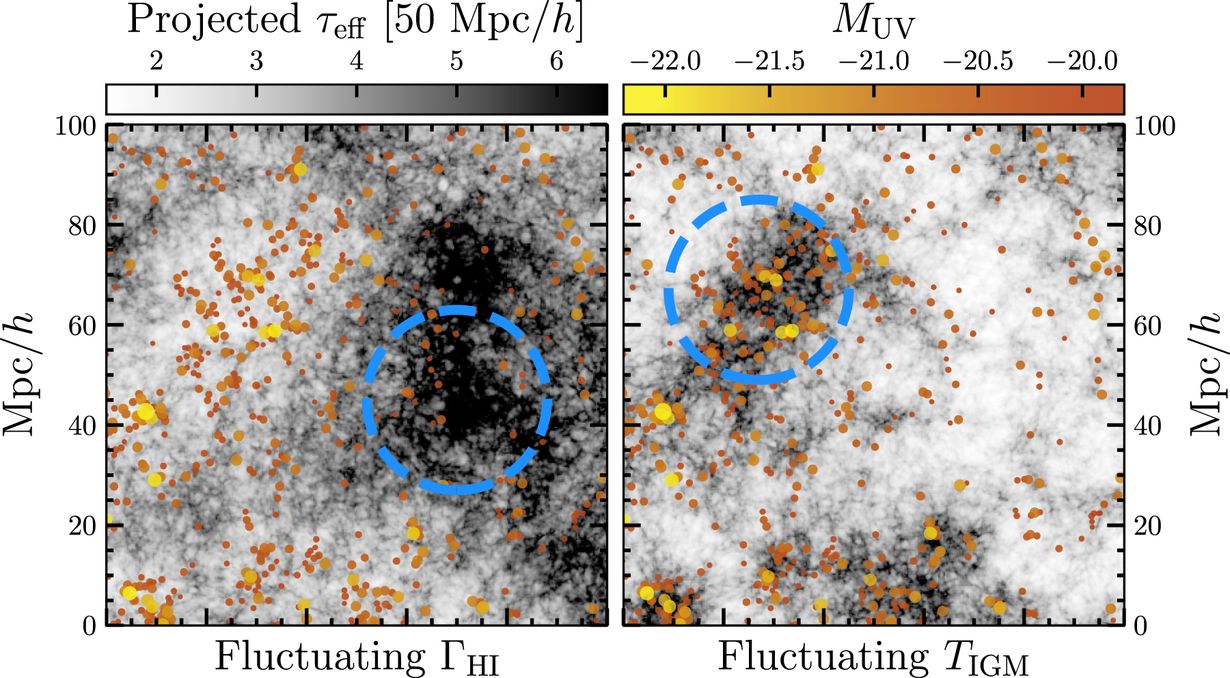
Ever wondered about the Gunn-Peterson trough? This cosmic phenomenon plays a crucial role in understanding the early universe. Named after astronomers James E. Gunn and Bruce Peterson, the Gunn-Peterson trough refers to a specific absorption feature in the spectra of distant quasars. Quasars are incredibly bright objects powered by supermassive black holes, and their light helps us study the universe's history. When light from these quasars passes through intergalactic hydrogen, it gets absorbed, creating the trough. This absorption tells us about the state of the universe when it was young, especially during the reionization era. By studying the Gunn-Peterson trough, scientists gain insights into the distribution of hydrogen and the formation of the first stars and galaxies. Ready to dive deeper into this cosmic mystery? Let's explore 31 fascinating facts about the Gunn-Peterson trough!
What is the Gunn-Peterson Trough?
The Gunn-Peterson trough is a fascinating phenomenon in astronomy. It refers to a specific absorption feature in the spectra of distant quasars, caused by neutral hydrogen in the intergalactic medium. This trough provides critical insights into the early universe and the epoch of reionization.
- The Gunn-Peterson trough was first theorized by James E. Gunn and Bruce Peterson in 1965.
- It is named after these two astronomers who predicted its existence.
- The trough appears as a significant dip in the spectrum of light from distant quasars.
- This dip occurs at wavelengths shorter than the Lyman-alpha emission line of hydrogen.
- The presence of the trough indicates a high density of neutral hydrogen in the early universe.
- It provides evidence for the epoch of reionization, a period when the first stars and galaxies ionized the intergalactic medium.
How Does the Gunn-Peterson Trough Form?
Understanding the formation of the Gunn-Peterson trough involves delving into the interaction between light and matter in the universe. When light from a quasar passes through regions of neutral hydrogen, it gets absorbed, creating the characteristic trough.
- Quasars are extremely luminous objects powered by supermassive black holes.
- As light from a quasar travels through space, it encounters clouds of neutral hydrogen.
- Neutral hydrogen absorbs light at specific wavelengths, particularly the Lyman-alpha line.
- This absorption creates a series of dark lines in the quasar's spectrum.
- When these lines are numerous and close together, they form the Gunn-Peterson trough.
- The trough is more pronounced in spectra from very distant quasars.
Significance of the Gunn-Peterson Trough
The Gunn-Peterson trough is not just a curiosity; it has profound implications for our understanding of the universe's history and structure.
- It provides a method to study the distribution of neutral hydrogen in the early universe.
- The trough helps astronomers pinpoint the epoch of reionization.
- By analyzing the trough, scientists can estimate the density of neutral hydrogen at different times.
- It offers clues about the formation and evolution of the first galaxies and stars.
- The trough can reveal information about the large-scale structure of the universe.
- It helps in understanding the transition from a neutral to an ionized universe.
Observing the Gunn-Peterson Trough
Observing the Gunn-Peterson trough requires powerful telescopes and sophisticated techniques. These observations are crucial for gathering data about the early universe.
- The trough is observed using high-resolution spectroscopy.
- Telescopes like the Hubble Space Telescope and the Keck Observatory have been instrumental in these observations.
- Observations are typically made in the ultraviolet part of the spectrum.
- The trough is more easily observed in quasars at redshifts greater than 6.
- Redshift is a measure of how much the universe has expanded since the light left the quasar.
- Higher redshifts correspond to earlier times in the universe's history.
Challenges in Studying the Gunn-Peterson Trough
Studying the Gunn-Peterson trough is not without its challenges. Various factors can complicate observations and interpretations.
- The faintness of distant quasars makes observations difficult.
- Intervening galaxies and intergalactic matter can obscure the trough.
- Distinguishing between absorption by neutral hydrogen and other elements requires careful analysis.
- The expansion of the universe stretches the light, complicating measurements.
- Cosmic dust can interfere with the light from quasars.
- Advanced computer models are needed to interpret the data accurately.
Future Prospects for Gunn-Peterson Trough Research
The study of the Gunn-Peterson trough continues to evolve with advancements in technology and methodology. Future research promises to uncover even more about the early universe.
- Upcoming telescopes like the James Webb Space Telescope will provide deeper insights into the Gunn-Peterson trough.
Final Thoughts on the Gunn-Peterson Trough
The Gunn-Peterson trough offers a fascinating glimpse into the early universe. This phenomenon, caused by the absorption of light by neutral hydrogen, helps scientists understand the reionization era. By studying the trough, researchers can pinpoint when the first stars and galaxies formed, shedding light on cosmic evolution.
Understanding the Gunn-Peterson trough isn't just for astronomers. It connects us to the universe's history, showing how far we've come in our quest for knowledge. The next time you gaze at the night sky, remember that the light you see has traveled billions of years, carrying secrets of the universe's infancy.
Stay curious, and keep exploring the wonders of space. The Gunn-Peterson trough is just one of many cosmic mysteries waiting to be unraveled.
Was this page helpful?
Our commitment to delivering trustworthy and engaging content is at the heart of what we do. Each fact on our site is contributed by real users like you, bringing a wealth of diverse insights and information. To ensure the highest standards of accuracy and reliability, our dedicated editors meticulously review each submission. This process guarantees that the facts we share are not only fascinating but also credible. Trust in our commitment to quality and authenticity as you explore and learn with us.
